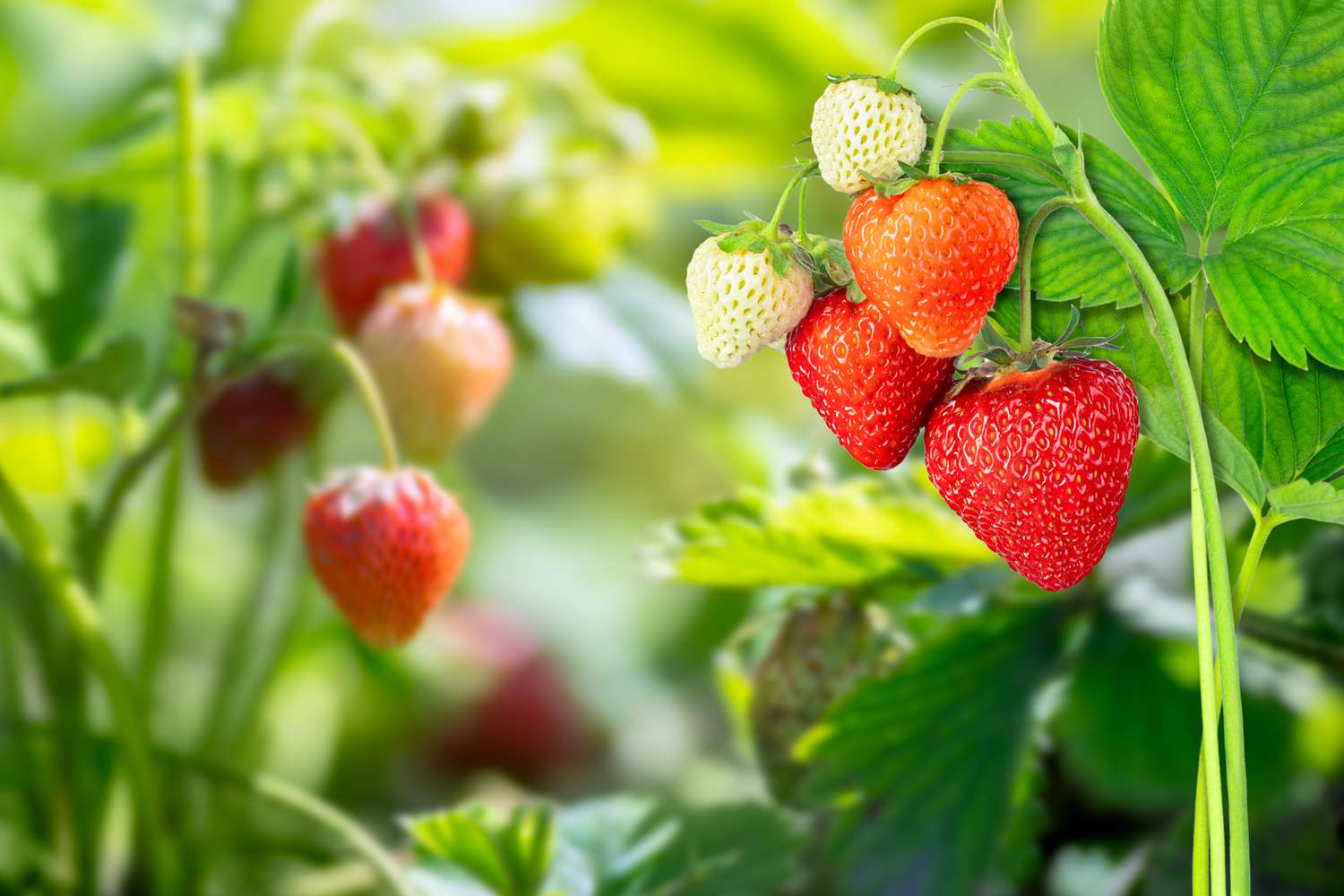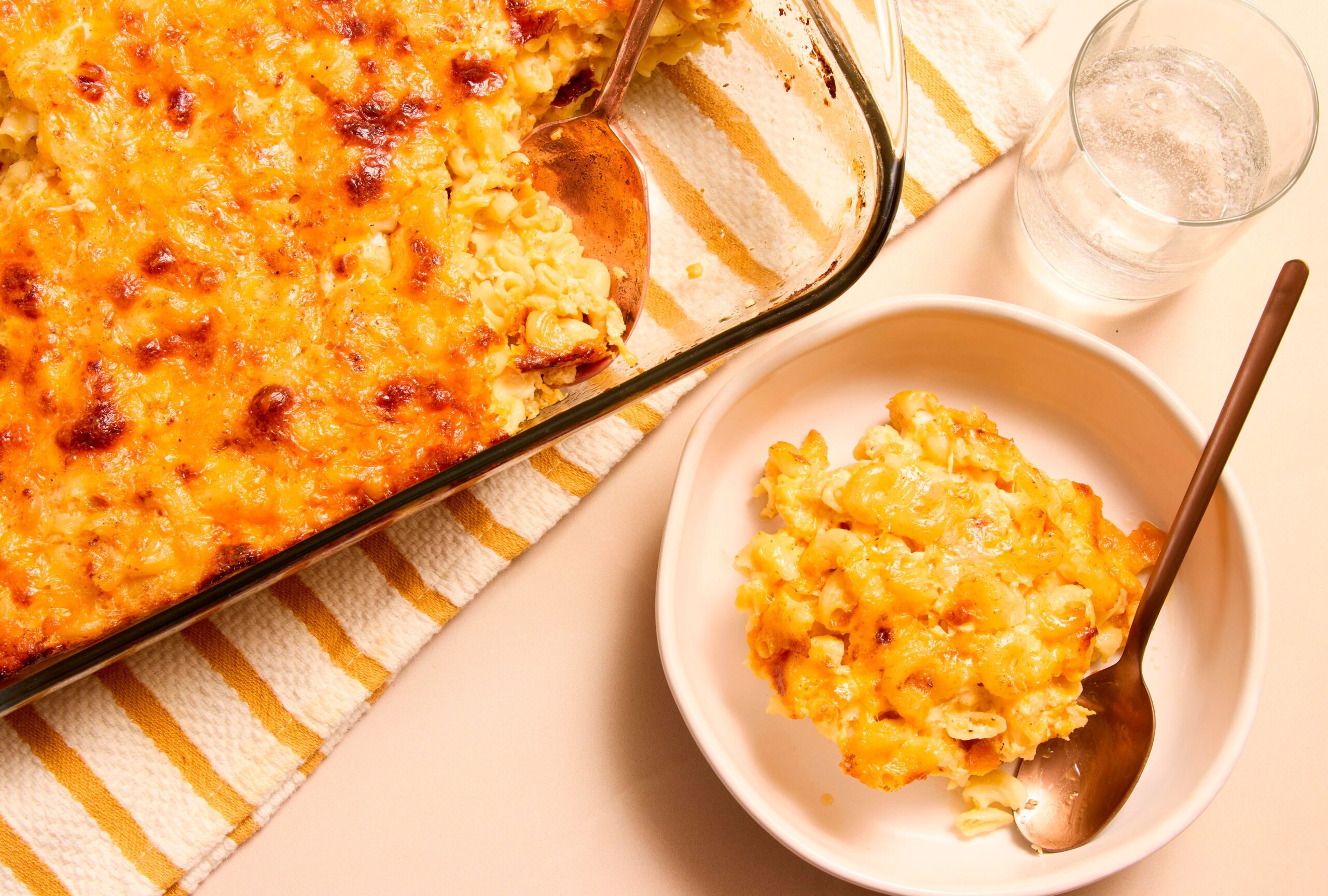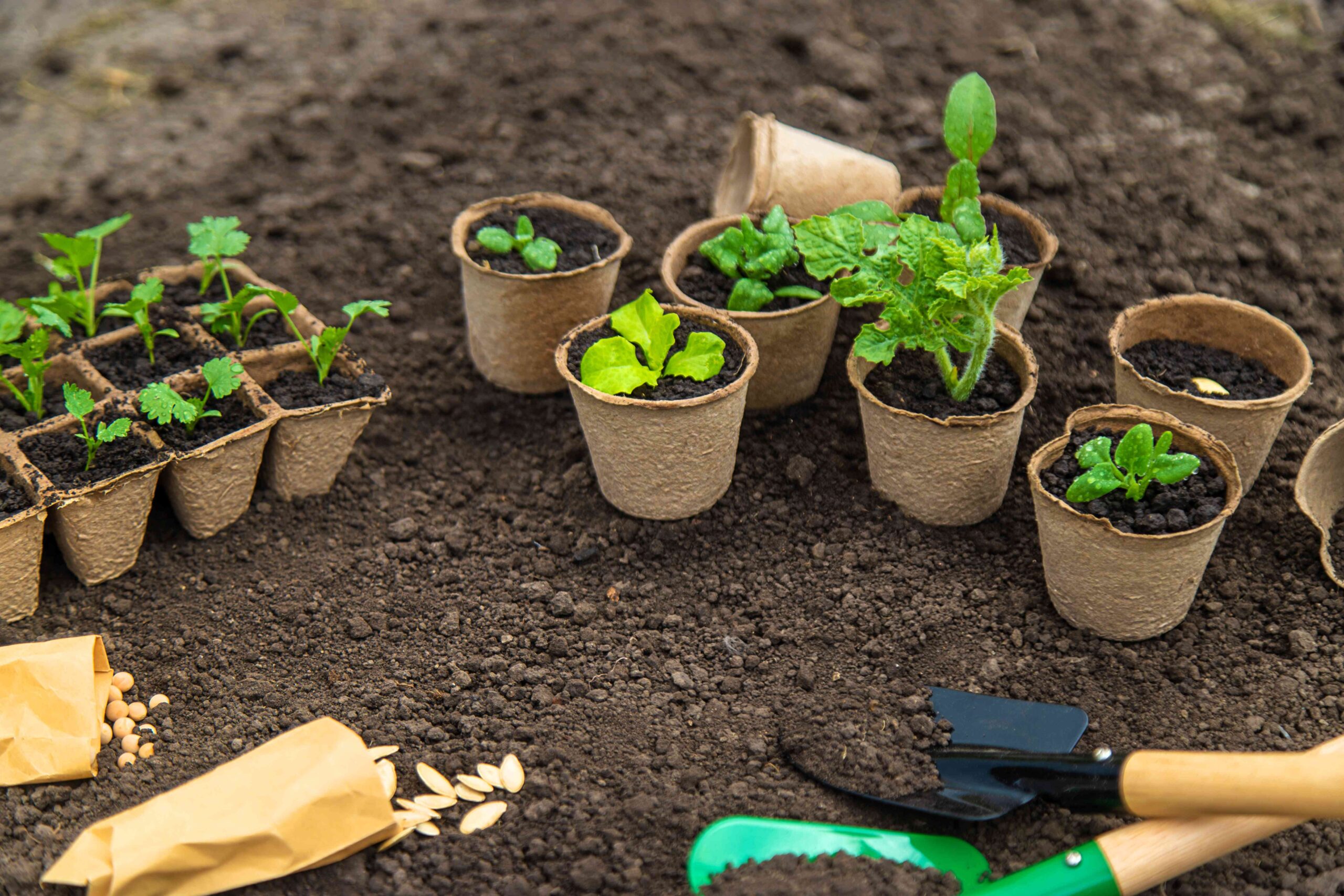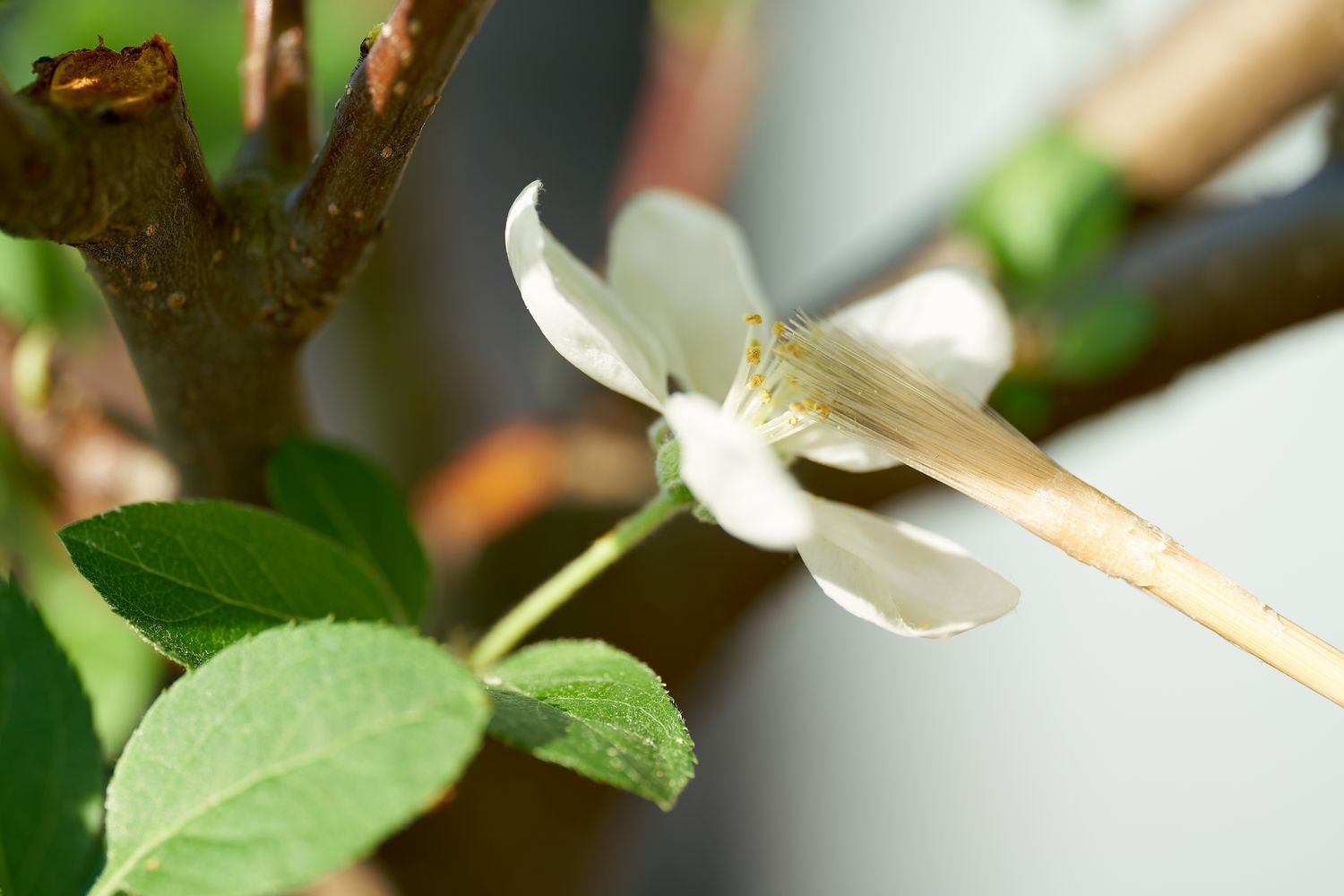
The Best Time to Plant Strawberries for a Bountiful Harvest, According to Gardening Experts
Strawberries are perennial plants and will reliably bear fruit for many seasons—when they’re planted properly. These fruits require specific care in order to thrive, and that starts with perfect planting. Timing, in particular, can be a major factor when it comes to starting these delicious fruits in your home garden. Here, we spoke to experts about the best time to plant strawberries, along with some best practices for a bountiful harvest.
- Dylan Sedmak, vegetable portfolio manager with PanAmerican Seed
- Adam Weiss, master gardener and founder of Pike Lane Gardens, a corporate wellness program that brings organic vegetable gardening to the workplace
Strawberry Varieties
There are three types of strawberries, which are categorized based on their harvest time.
- June-bearing: “June-bearing strawberries produce abundant fruit in May through June from flowers borne during the previous fall,” says Dyan Sedmak, vegetable portfolio manager at PanAmerican Seed. “Because of this timeline, these varieties are best overwintered in-ground for maximum chance of survival.”
- Everbearing: Everbearing varieties flower in late spring up to fall. They don’t always provide a large bumper crop like June-bearing, but they’re a rewarding alternative that will reliably fruit during the first year. There are usually two harvest peaks in late spring, followed by another in late fall.
- Day-neutral: Day-neutral varieties are similar to everbearing and will flower and fruit reliably during their first year in the garden. “They will continuously fruit throughout the season, albeit on a more moderate scale,” says Sedmak.
Best Time to Plant Strawberries
The best time to plant strawberries for most U.S. growing zones is mid-spring, once temperatures consistently stay above 50 degrees Fahrenheit, according to Adam Weiss, master gardener and founder of Pike Lane Garden.
Planting strawberries too early can cause frost to kill the plant—however, planting too late in the season during the summer can shock the plant and prevent growth.
In fact, strawberries are considered cool-weather plants, and they don’t respond well to intense heat. For those who live in USDA zones 7 through 10, strawberries should be planted in the fall, around October.
Planting Tips
Strawberries can either be purchased as bare roots or as an established seedling. Weiss prefers planting the former, as it allows him to have more involvement in the process.
“Bare roots should be planted 6 inches apart into well-drained and healthy garden soil, or in a larger container that includes quality potting soil,” he says. “Start by creating a hole that’s deep enough to sink the roots in vertically.”
During the first year, the goal should be to develop a strong root system. Healthy strawberry plants will flower during this time—but pick the flowers off before the fruit forms.
“Although this will result in fewer strawberries during your first harvest year, it will also help you create a better harvest in the following years,” Weiss says. “When the second set of flowers form, you can let them develop into your first-year strawberry crop.”
If planted in-ground, Sedmak recommends mulching not just during the growing season but also during the winter, which will help protect your strawberries from extreme cold.
“A thin layer of weed-free straw seeds can be used and placed directly on top of plants in early winter,” he says. “A frost protectant is advised during the early spring season to protect the tender flower buds, as well.”
Remove the winter mulch at the end of the season, Sedmak advises, and either reapply it or place a frost blanket over the flower buds in spring.
Container Gardening
“Generally speaking, strawberries are best grown in-ground for a satisfactory harvest,” says Sedmak. “However, depending on the type of strawberry you grow and your spatial limitations, container gardening is a possible—and fun—alternative.”
If you decide to take a shot at growing strawberries in a container, then use standard potting soil—just make sure to fertilize regularly. You may not get to enjoy the perennial nature of these fruits in a container, though.
“Strawberry plants have shallow roots, which may reduce their survivability in containers long-term,” says Sedmak. “Container gardening with June-bearing varieties may not always prove productive due to increased overwinter mortality.”
However, everbearing varieties can do well in containers, at least during their first season in the home garden. “Overwinter survivability may not be reliable in containers, but for a quick splash of color on the patio with some fruits to munch on, they’re a great choice,” Sedmak says.
Common Mistakes
“Grow strawberries with good drainage and avoid overwatering to prevent root or crown rot diseases,” warns Sedmak. “Also, avoid growing strawberries in shade, as they do best when they’re in full sun. If they experience too much shade, diseases such as powdery mildew can spread.”
Another common mistake—one that can make or break your strawberry bed—is to either plant the strawberry crown under the soil or plant it too high, where the roots are exposed. “Make sure the strawberry crown is just above the soil line—not underground—and add a nitrogen-based organic fertilizer at the time of planting,” says Weiss.










